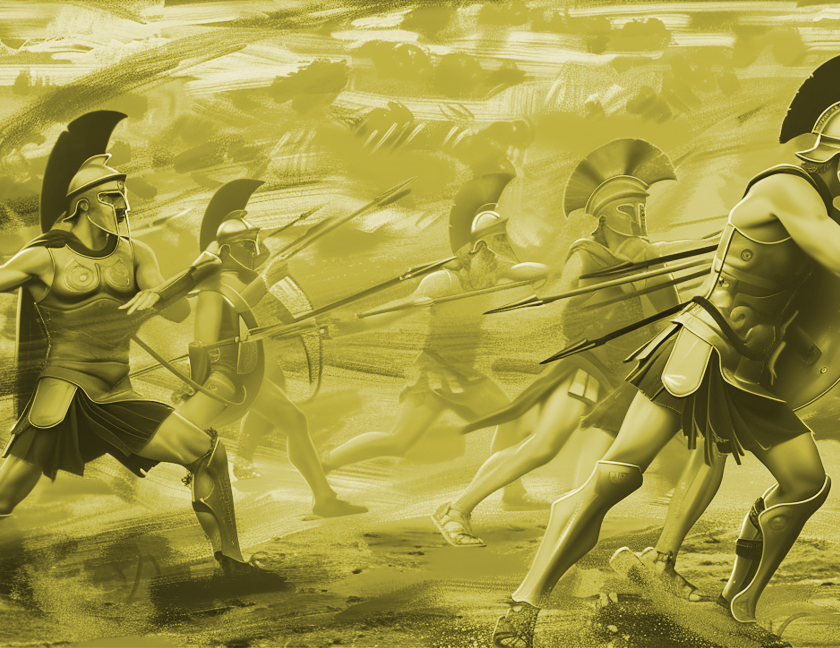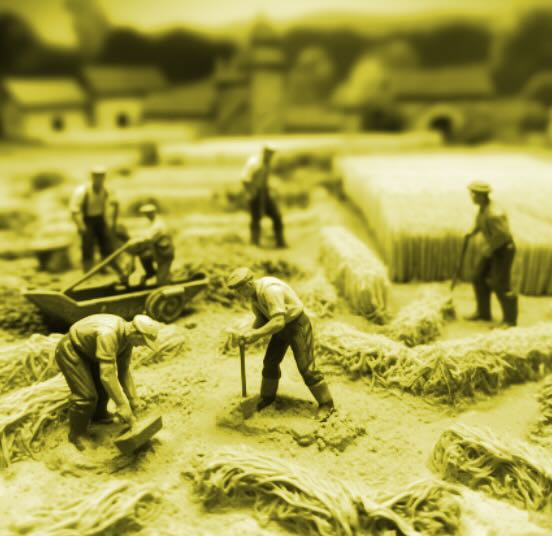Growing up is not easy, some people stop doing it. Let’s see what the 3 stages of our evolution are.
The child inherits and assimilates
Childhood is characterised by the search for one or more models to imitate. Being a child means finding a mentor figure who shapes us. The basis of all learning is to imitate what others have already done: we cannot create without having assimilated what our predecessors have produced before us. The child is like a blank sheet of paper looking for an artist to draw the outline of a picture. The natural task of the child is to inherit and assimilate the knowledge, values and visions of the parents. The element that symbolises this period is the earth, because it receives and grows what is given to it.
The adolescent experiments
Adolescence begins when the child becomes aware that he or she must take a different path from that of his or her parents. From this realization arises a discomfort, that of generating oneself even if it means asking for new models. This feeling of having to generate something new creates a pressure that can be badly experienced by the adolescent. It most often gives rise to a spirit of rebellion which will take the form of systematic opposition to what the former guardians (the parents) may say, do or think. When one does not yet know who one is, it is often easier to define oneself because one is not. This is why the opposition to the parents’ model is both intended to miss a distancing while at the same time offering an alternative that has not yet found its coherence. In the end, what characterises adolescence is above all an overflowing energy that has difficulty being channelled. The adolescent’s enthusiasm is most often chaotic, which leads to a form of wandering. Faced with the impossibility of being able to believe in something in a constant way, the adolescent will easily be subject to nihilistic figures who remind them of the perdition in which they find themselves. Adolescence is about experiencing the world in different directions, so the energy that symbolises this period is fire. Indeed, fire spreads chaotically, provided it has the fuel it needs.
The adult transmits
The adult is characterised by his or her detachment from tutelary figures, while no longer having the rebellion that characterises the adolescent. He is no longer a child because he has succeeded in assimilating what his elders have bequeathed to him, he is no longer an adolescent because he is appeased and his creativity is no longer expressed through the prism of rage or revolt. The adult has been able to assimilate the heritage of his parents (whether biological or at heart) while having learned the lessons of his adolescent wanderings. He has freed himself from his guardians and fickleness to build something lasting that he can in turn pass on. The element that characterises this period is the plant because it grows coherently and can sow the seeds of transmission.
What is interesting is that at every moment of our lives there is a conjunction of these three elements: we are at the same time looking for a model to follow, we act out of contradiction and we are indifferent to certain things. Without keeping some of our childlike spirit, we cannot really learn. Without keeping the energy of the teenager in us, we cannot create something different. Finally, without the calm of the adult, we can’t build anything lasting.





